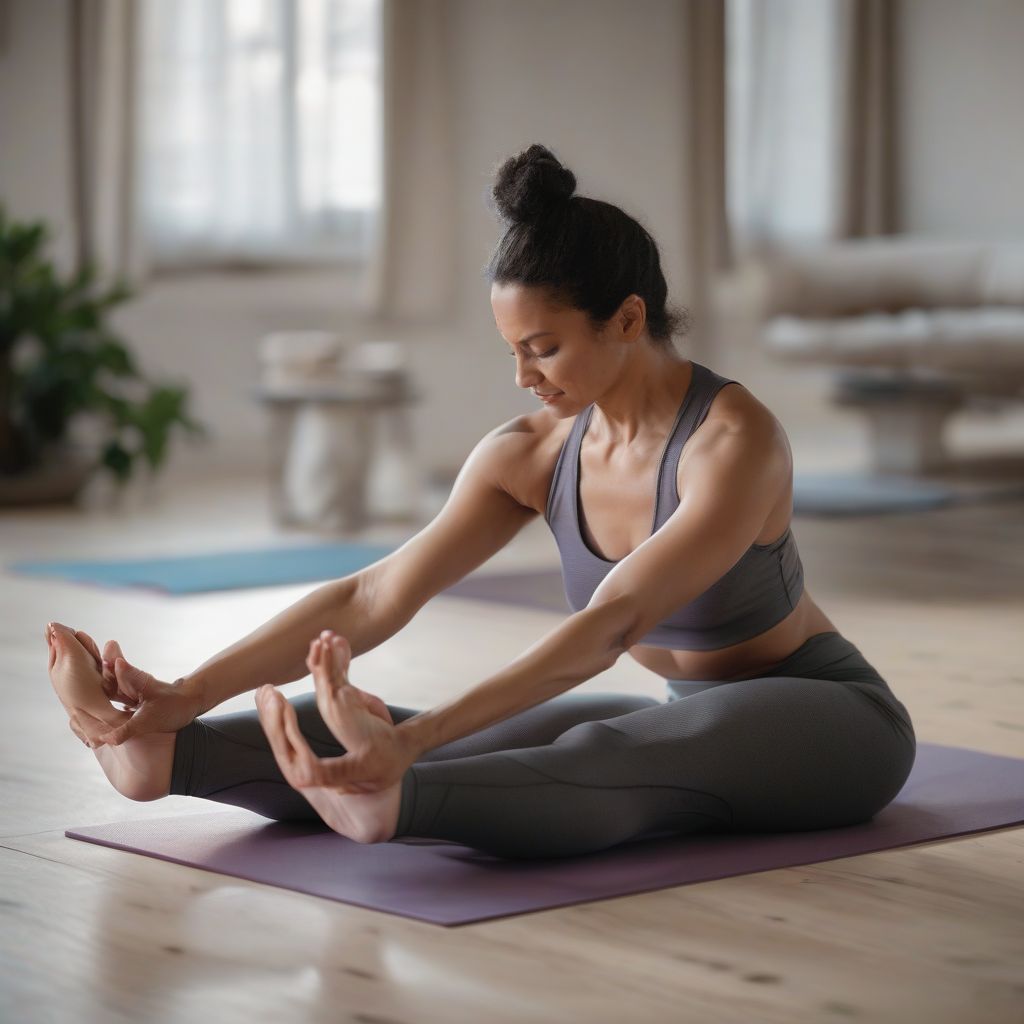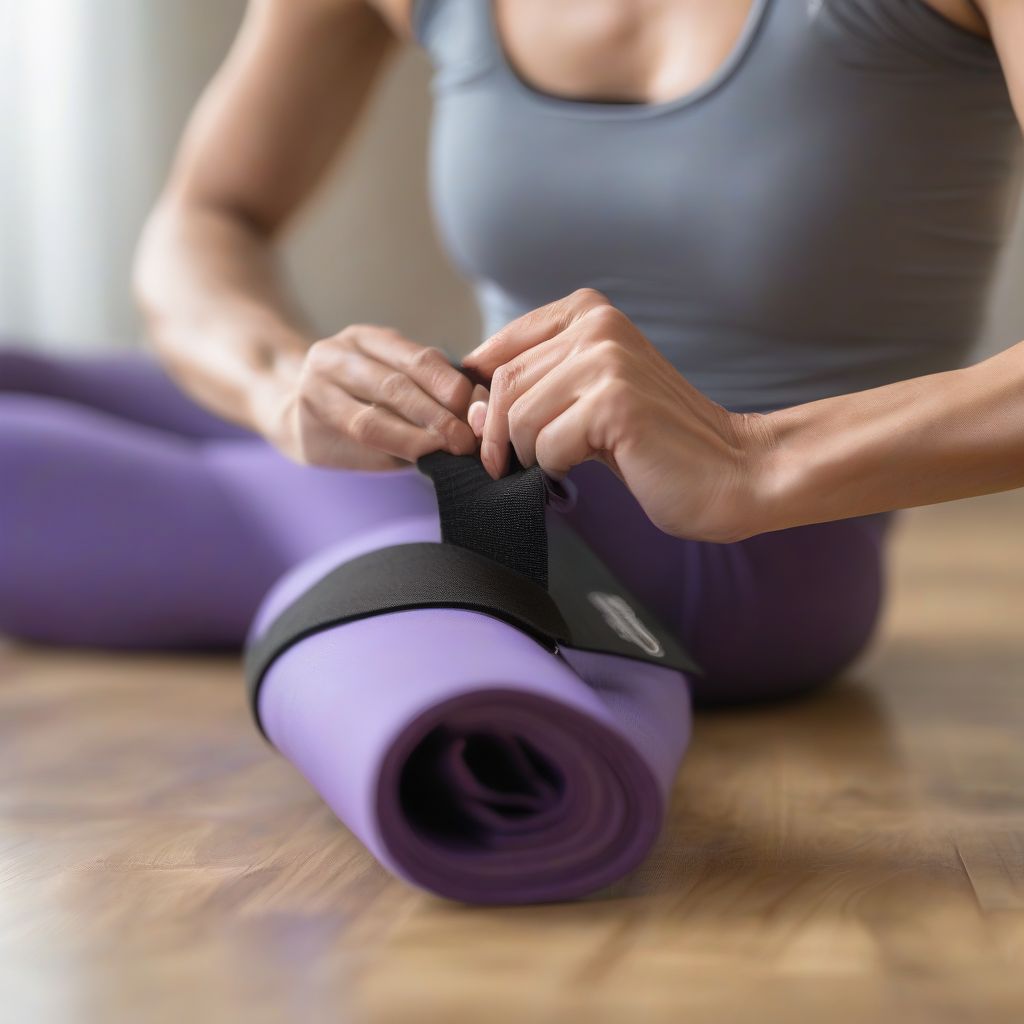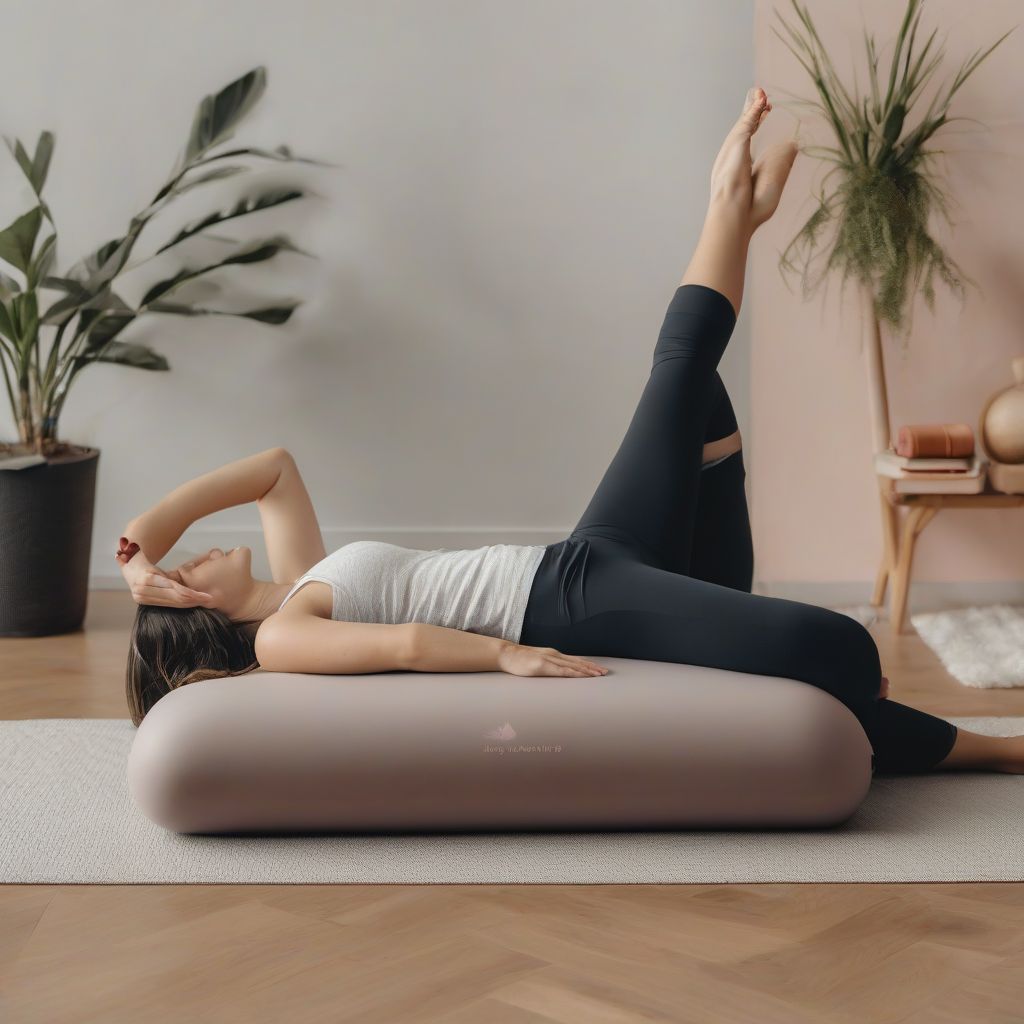Have you ever watched experienced yogis effortlessly flow through complex poses and wished you could achieve that same level of grace and flexibility? You work hard on your mat, but sometimes it feels like there’s an invisible wall holding you back from deepening your practice. The good news is, there’s a secret weapon many yogis use to break through those barriers: props!
Forget the misconception that props are for beginners. In reality, incorporating props into your yoga routine can be the key to unlocking greater flexibility, deepening your poses, and achieving a more mindful and fulfilling practice. Whether you’re a seasoned yogi or just starting out, this guide will explore how to use props to take your yoga journey to the next level.
Understanding the Power of Props
In the world of yoga, props are your allies, not signs of weakness. They provide support, enhance alignment, and help you access deeper stretches while minimizing the risk of injury. Think of them as tools that empower you to explore the full potential of each pose.
Here’s why props are game-changers:
- Enhanced Flexibility: Props like blocks and straps gently assist you in reaching poses that might otherwise feel impossible, gradually increasing your flexibility over time.
- Improved Alignment: Proper alignment is crucial for maximizing the benefits of yoga and preventing injuries. Props help you achieve and maintain correct posture, ensuring you target the intended muscle groups.
- Deeper Stretches: By providing support and stability, props allow you to hold poses for longer durations, resulting in deeper stretches and increased relaxation.
- Mindful Practice: Using props encourages you to slow down, pay attention to your body’s limitations, and find variations that work best for you. This promotes mindfulness and a deeper connection with your breath.
Essential Yoga Props and Their Uses
Ready to elevate your practice? Let’s explore some common yoga props and their versatile applications:
1. Blocks: Your Stability Sidekicks
 Yoga Blocks
Yoga Blocks
Blocks are arguably the most versatile yoga props. They come in various heights and materials, offering support and modification options for countless poses.
How to Use Blocks:
- Modify Poses: Place blocks under your hands in standing forward bends to alleviate hamstring tightness or under your hips in seated poses for better spinal alignment.
- Deepen Stretches: Use blocks to elevate your hips in pigeon pose or bridge pose, intensifying the stretch while providing support.
- Build Strength: Blocks can add a balance challenge in poses like half moon pose or tree pose, engaging stabilizing muscles.
2. Straps: Extending Your Reach
 Yoga Strap Stretch
Yoga Strap Stretch
Straps are particularly helpful for improving flexibility and deepening stretches, especially if you have tight hamstrings, shoulders, or hips.
How to Use Straps:
- Hamstring Stretches: Loop the strap around your foot in seated forward bend to gently pull yourself closer to your toes.
- Shoulder Openers: Hold the strap with your hands wider than shoulder-width apart and move your arms overhead and behind you, releasing tension in the chest and shoulders.
- Bind Poses: Utilize a strap to achieve and maintain challenging bind poses, gradually increasing flexibility over time.
3. Bolsters: Your Relaxation Companions
 Yoga Bolster Relaxation
Yoga Bolster Relaxation
Bolsters provide cushioned support and are especially useful in restorative yoga practices, promoting relaxation and stress relief.
How to Use Bolsters:
- Supported Backbends: Place the bolster lengthwise along your spine for a gentle, supported backbend in poses like supported fish pose.
- Restorative Poses: Use bolsters to support your knees or elevate your upper body in restorative poses such as reclined butterfly or supported child’s pose.
- Meditation Aid: Sit comfortably with your legs crossed and a bolster supporting your sit bones for an extended and comfortable meditation practice.
4. Blankets: Added Comfort and Support
Yoga blankets provide warmth, padding, and support, enhancing comfort during seated poses or restorative practices.
How to Use Blankets:
- Seat Cushion: Fold the blanket to create a cushion that elevates your hips, making it easier to sit comfortably with a straight spine during meditation or seated poses.
- Knee Support: Place a blanket under your knees in poses like tabletop or child’s pose to alleviate pressure and provide cushioning.
- Warmth and Relaxation: Drape a blanket over yourself during final relaxation (savasana) to stay warm and enhance the feeling of relaxation.
Integrating Props into Your Yoga Practice
- Start Slowly: Don’t feel pressured to use all the props at once. Begin by incorporating one or two into your practice and gradually experiment with others.
- Listen to Your Body: Pay attention to your body’s cues and use props to modify poses as needed. There’s no right or wrong way to use a prop – find what feels best for you.
- Don’t Be Afraid to Experiment: Explore different ways to use props in your practice. You might be surprised by the variations and modifications you discover.
- Seek Guidance: If you’re new to using props, consider attending a yoga class specifically designed for prop usage or consult with a qualified yoga instructor for personalized guidance.
Conclusion: Embrace the Power of Props
Incorporating props into your yoga practice is like having a personalized toolkit to unlock your full potential. They empower you to deepen your stretches, improve alignment, and progress at your own pace.
Remember, props are not a crutch but rather a bridge that helps you reach new heights in your yoga journey. So, embrace the power of props, explore their versatility, and watch as your practice flourishes with newfound strength, flexibility, and mindfulness.
[amazon bestseller=”yoga-props-for-beginners”]
